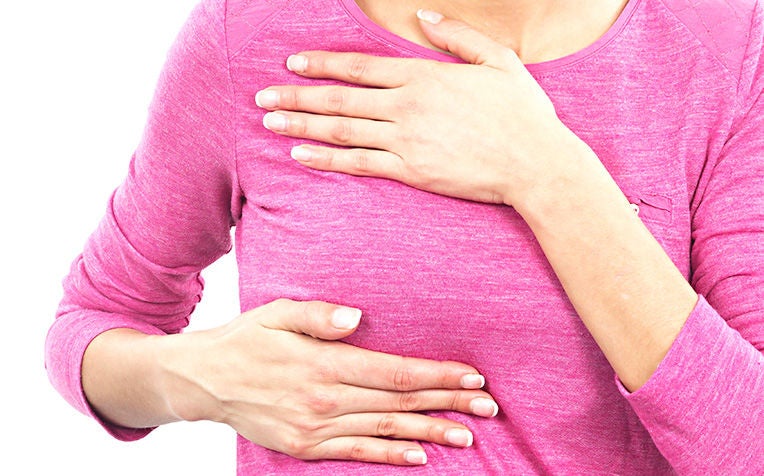
Breast reconstruction using preserved breast skin immediately after surgery for a natural breast shape.
In general, a breast can be reconstructed from the patient’s own skin, fat, and sometimes muscle from another part of the body; an implant; or a combination of both.
Tissue may be taken from the abdominal wall, back, thighs or buttocks. For women in their 50s, tissue from the abdomen is most commonly used. When they reach their 50s, and especially after pregnancy, many women have extra fat and skin in that area that can be used to build a breast mound. A nipple can be constructed, or a nipple-shaped image tattooed on to the mound.
Most patients are suitable for reconstruction surgery, and one question to consider is whether to do it at the time of mastectomy. Immediate reconstruction has advantages. Patients who opt for immediate breast reconstruction after a mastectomy “will have the natural skin and pocket where most of the breast skin is preserved,” said Dr Benita Tan, Senior Consultant, SingHealth Duke-NUS Breast Centre. This helps provide a more natural breast shape and contour, and gives a better cosmetic outcome. Coming out of surgery with a breast mound also benefits the patient psychologically.
What are the risks of breast reconstruction immediately after surgery?
But undergoing breast reconstruction and mastectomy at the same time runs greater risks such as heart attack, stroke and deep-vein thrombosis, which are associated with a prolonged surgery under general anaesthesia. Recovery from breast reconstruction is also longer than mastectomy alone and may occasionally delay chemotherapy and radiotherapy. So patients who need such treatments after a mastectomy may have to undergo breast reconstruction later.
Ref: Q15
Contributed by
Related Articles
Conditions & Treatments
Public Events
Get the Health Buddy App
© 2025 SingHealth Group. All Rights Reserved.


















 Get it on Google Play
Get it on Google Play